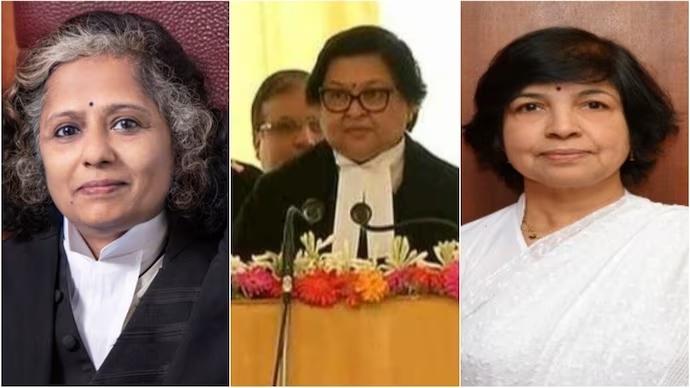An overview of the news
Chief Justice of India, D.Y. Chandrachud has announced the formation of an all-women panel to help bring healing and relief to the violence-stricken region in Manipur. The panel will consist of three former High Court judges, with Justice Gita Mittal as its head. The panel aims to provide healing touch to the situation in Manipur.
Member of the committee
The all-women committee consists of three experienced former High Court judges:
- Justice Gita Mittal, who was a former Chief Justice of the Jammu & Kashmir High Court.
- Justice Shalini Phansalkar Joshi, a retired Bombay High Court judge.
- Justice Asha Menon, a former Delhi High Court Judge.
Work of All-Women Panel
The committee’s main task is to oversee relief and rehabilitation efforts, restore homes and places of worship and improve the overall relief work in the violent-affected areas. This broad-based committee will focus on addressing the various aspects of the situation in Manipur and bring about positive changes.
Monitoring the investigation
Chief Justice, D.Y. Chandrachud also appointed a retired IPS officer, Dattatray Padsalgikar to monitor the investigation of the cases that has been arisen from the violence. Over 6,500 FIRs have been filed from May to July in Manipur.
Outside oversight
Director General of Police (DGP) from six different states will nominate six Deputy Inspector General (DIG) rank officers each to supervise the Special Investigation Teams (SITs) formed for these cases. The aim is to create multiple layers of monitoring to ensure a fair and thorough investigation.
The Situation in Manipur
According to the present status report by the State government, the violence in Manipur has led to 150 deaths, with numerous incidents occurring between May and June. The clashes resulted in injuries to 502 people and 5,107cases of arson. The report stated that 252 individuals have been arrested, with an additional 12,740 arrests as a preventive measure.
Find More News Related to Schemes & Committees




 Which Indian City is Known as the Footwe...
Which Indian City is Known as the Footwe...
 Which Desert is known as the Cold Desert...
Which Desert is known as the Cold Desert...
 Top-10 News Media Companies in the World...
Top-10 News Media Companies in the World...







